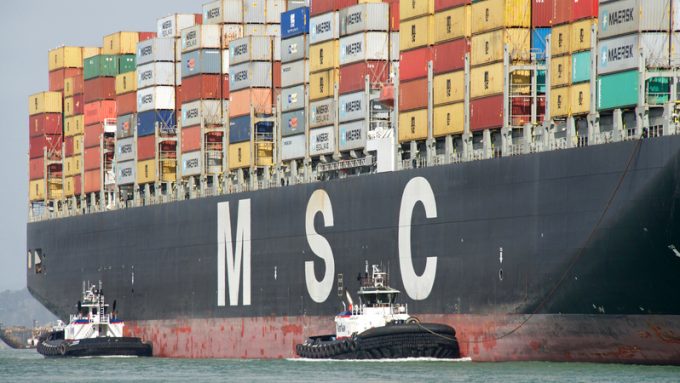No place to hide for container shipping investors as Q2 earnings calls loom
Clouds gathering

MSC has agreed new long-term charters for two post-panamax scrubber-fitted containerships with non-operating shipowner Capital Product Partners.
By the start of the IMO’s 0.5% sulphur cap regulations on shipping, on 1 January, MSC will have installed exhaust gas cleaning systems on about half of its fleet. This will enable them to continue ...

Comment on this article